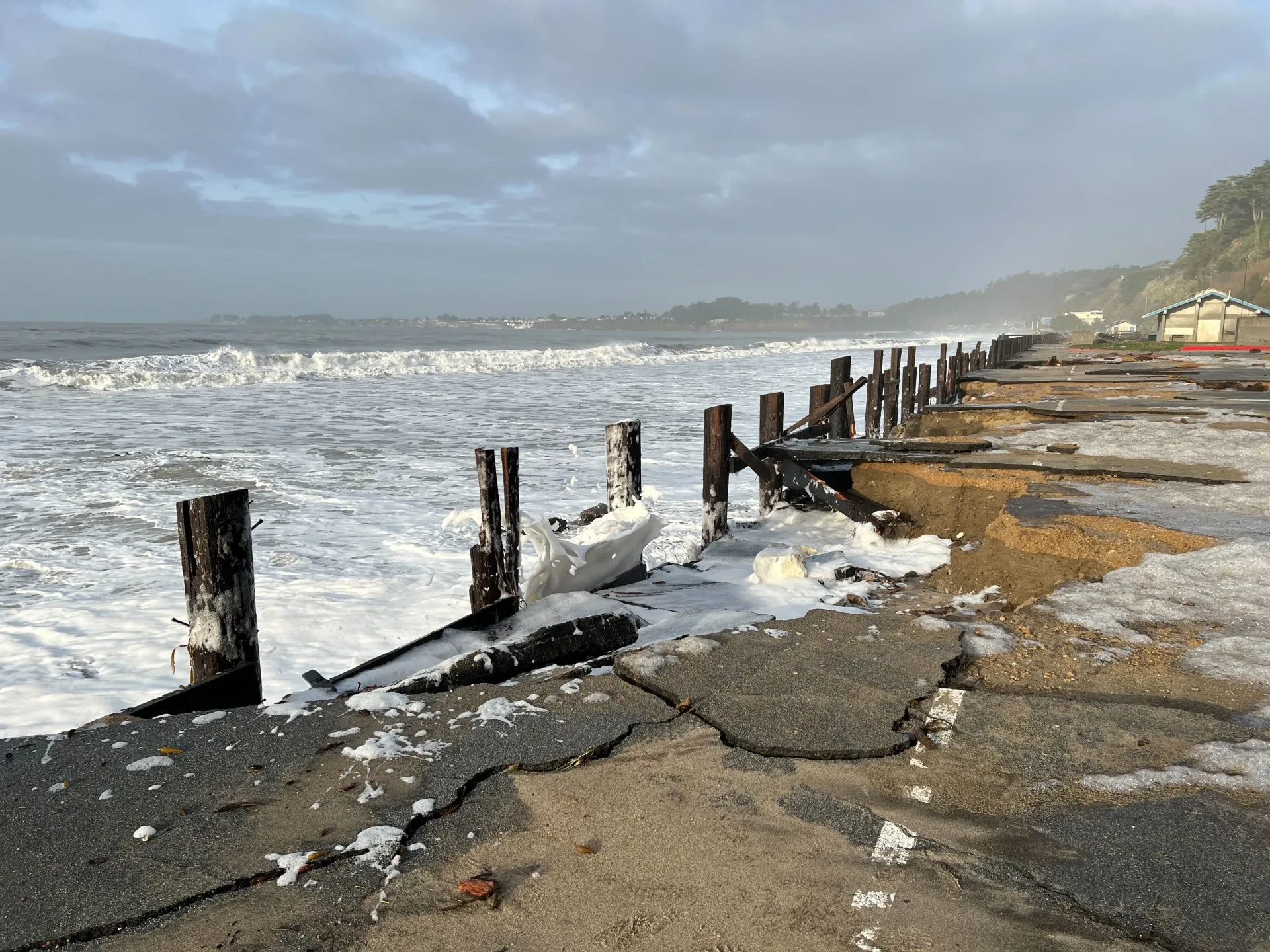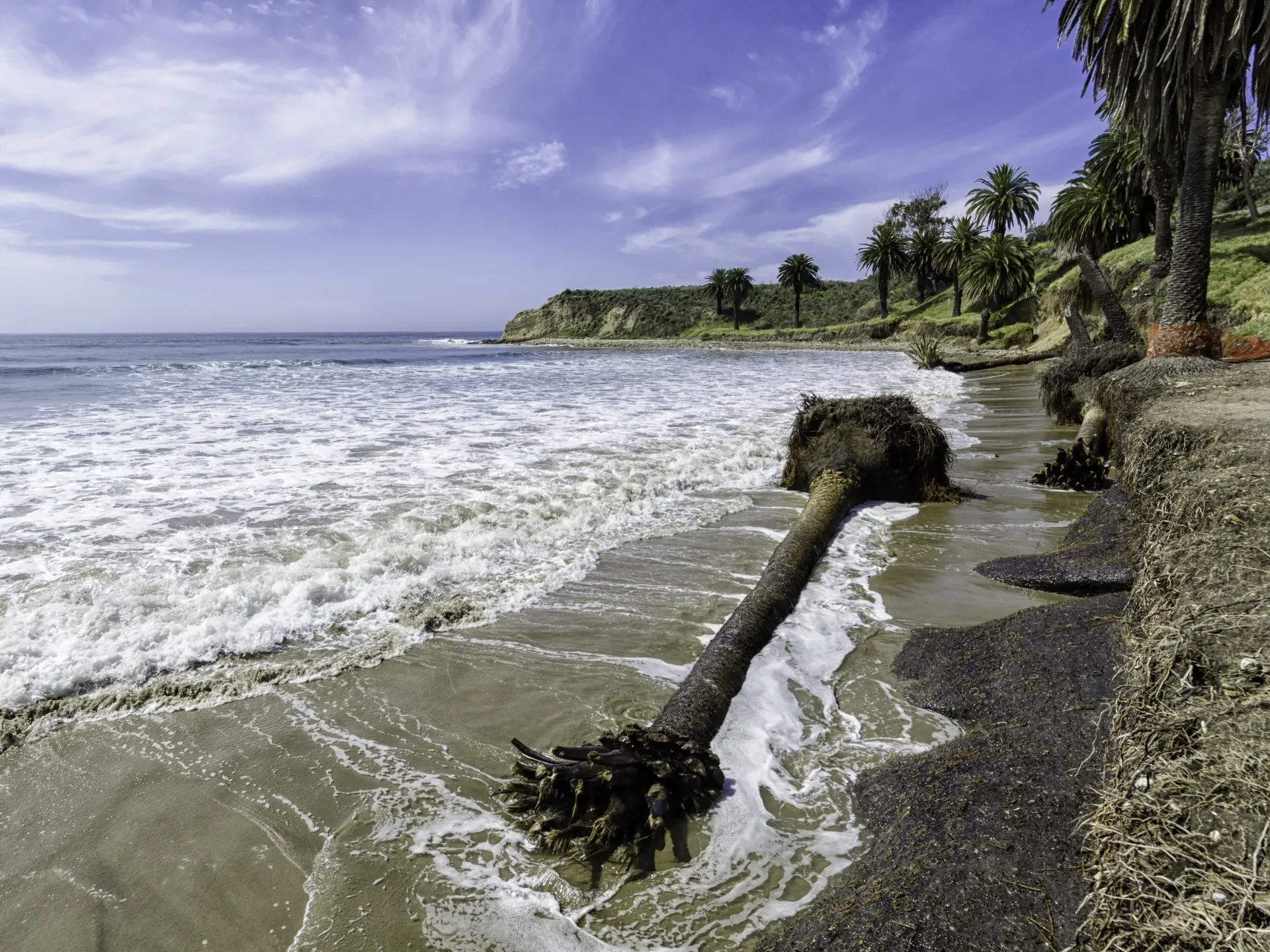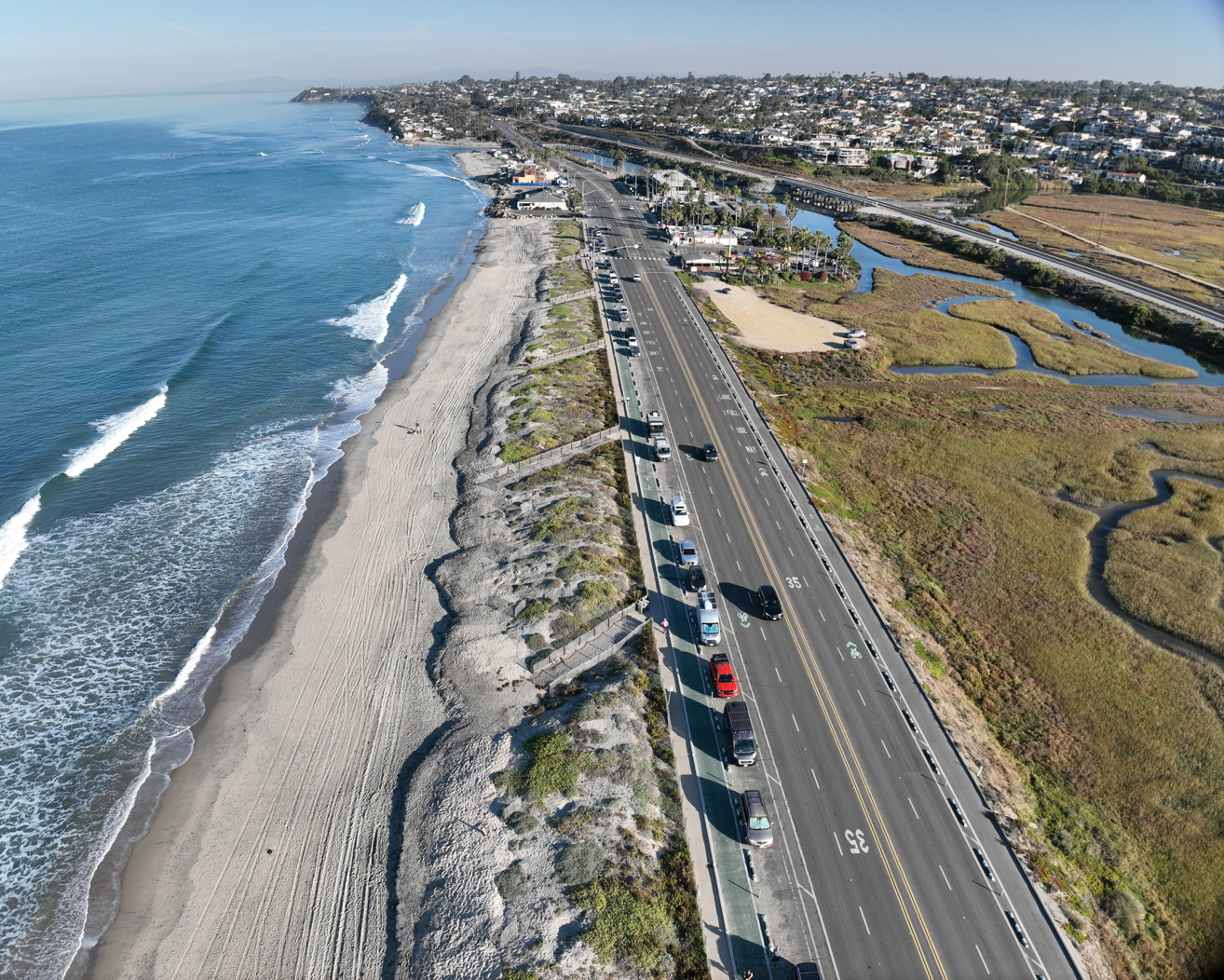California state parks will be on the ballot when Californians go to the polls in a couple of months.
In August 2024, Governor Gavin Newsom signed SB 867 to put a $10 billion climate resilience bond on the November ballot. This bold legislation — Proposition 4, the Safe Drinking Water, Wildfire Prevention, Drought Preparedness and Clean Air Bond Act of 2024 — would provide the critical resources that California State Parks needs to create a more climate-resilient state park system. This includes $50 million for sea level rise adaptation projects in state beaches and other coastal properties managed by California State Parks.
The threat of sea level rise is clear, as detailed in our trailblazing report — Building a Climate-Resilient California State Park System: Preserving Parks for Future Generations — and the Prop 4 funding is crucial. California State Parks received $11.5 million in 2021 for sea level rise adaptation projects, but most of this funding was reallocated in the 2024–25 budget. This loss impeded the full implementation of the agency’s 2021 Sea Level Rise Adaptation Strategy, leaving behind a long list of projects that need to be completed. Prop 4 will not only restore but exceed this original $11.5 million funding. California State Parks’ 128 coastal units comprise one-quarter of the California coastline and almost half of all California State Parks’ properties. Therefore, Prop 4 will help create not only a climate-resilient California state park system, but also a more climate-resilient California.
We are already seeing the devastating effects of sea level rise and extreme storms up and down the coast. In January 2023, unprecedented winter storms slammed state beaches from Northern to Southern California, resulting in an estimated $190 million of damage to coastal park units. At Seacliff State Beach, pounding waves, powerful storm surge, and heavy winds destroyed infrastructure, flooded the campground, and caused irreparable damage to the beach’s historic pier. The protective seawall and paved walkways were also lost, having already been undermined by coastal erosion. These catastrophic storms foreshadow the risk to coastal parks as sea level rise — which increases storm surge and coastal damage — makes these extreme events more common.
The impact of these extreme storms was also on display in Southern California, including massive flooding and a subsequent mudslide at Gaviota State Park. Just 10 miles down the coast, Refugio State Beach experienced even greater damage. The storms toppled 10 of the beach’s historic Canary Island date palms, which had stood for more than 100 years, and an additional 14 trees were so damaged that they had to be removed for safety reasons. Heavy flooding also resulted in multiple sinkholes due to the failure of an aged culvert system that should have channeled the excess water — highlighting the need to complete deferred maintenance projects to create more climate-resilient parks.
These examples highlight the critical work that must be done to prepare for and protect state parks from accelerating sea level rise and extreme climate events. Nature-based solutions like living shorelines could mitigate flooding, infrastructure will need to be adapted, and managed retreat is inevitable. Many of these projects were to be addressed using California State Parks’ initial $11.5 million of sea level rise funding before it was reallocated. If passed, Prop 4 would enable California State Parks to implement identified, high-priority projects up and down the coast.
California State Parks has the knowledge and ability to accomplish these critical projects, as evident in its many successes so far. In 2019, the agency built a living shoreline at Cardiff State Beach, which successfully protected Highway 1 from extreme flooding during the 2023 winter storms while creating habitat for native wildlife. A coastal trail at Carpinteria State Beach was moved inland and elevated to reduce flooding and erosion while maintaining public access. California State Parks also worked with the Amah Mutsen Tribe to protect historic shell mounds at Wilder Ranch State Park from increased erosion due to sea level rise. With funding from Prop 4, California State Parks will be able to continue and expand its sea level rise adaptation work.
As sea levels continue to rise, the threat to state parks will only increase. In fact, researchers have suggested that at the current trajectory of sea level rise, up to 75% of California’s beaches could disappear by the end of the century. As key managers of California’s coastline, California State Parks must have sufficient resources to build climate-resilient parks for a climate-resilient California. Though the $50 million in Prop 4 is a drop in the bucket of what is needed, it is a critical step toward the implementation of California State Parks’ Sea Level Rise Adaptation Strategy and the protection of our beloved coastal parks.


